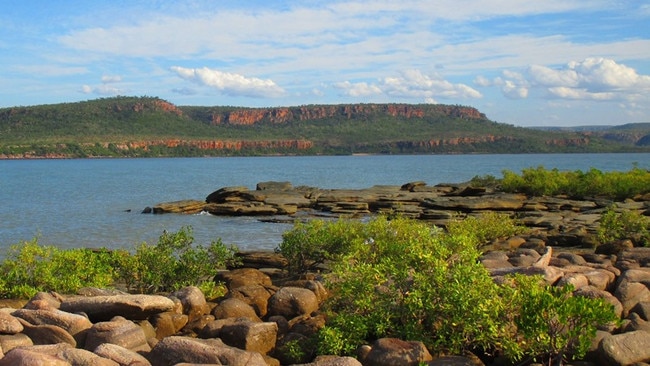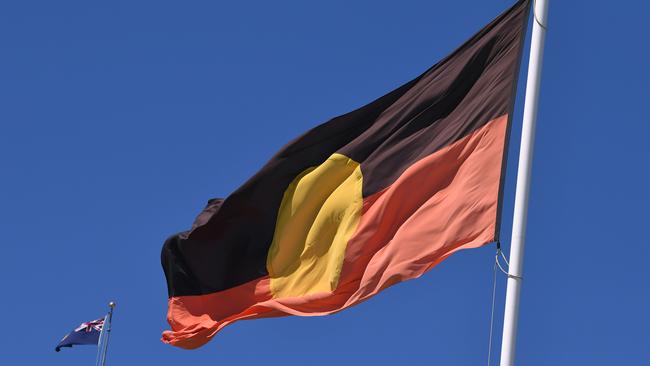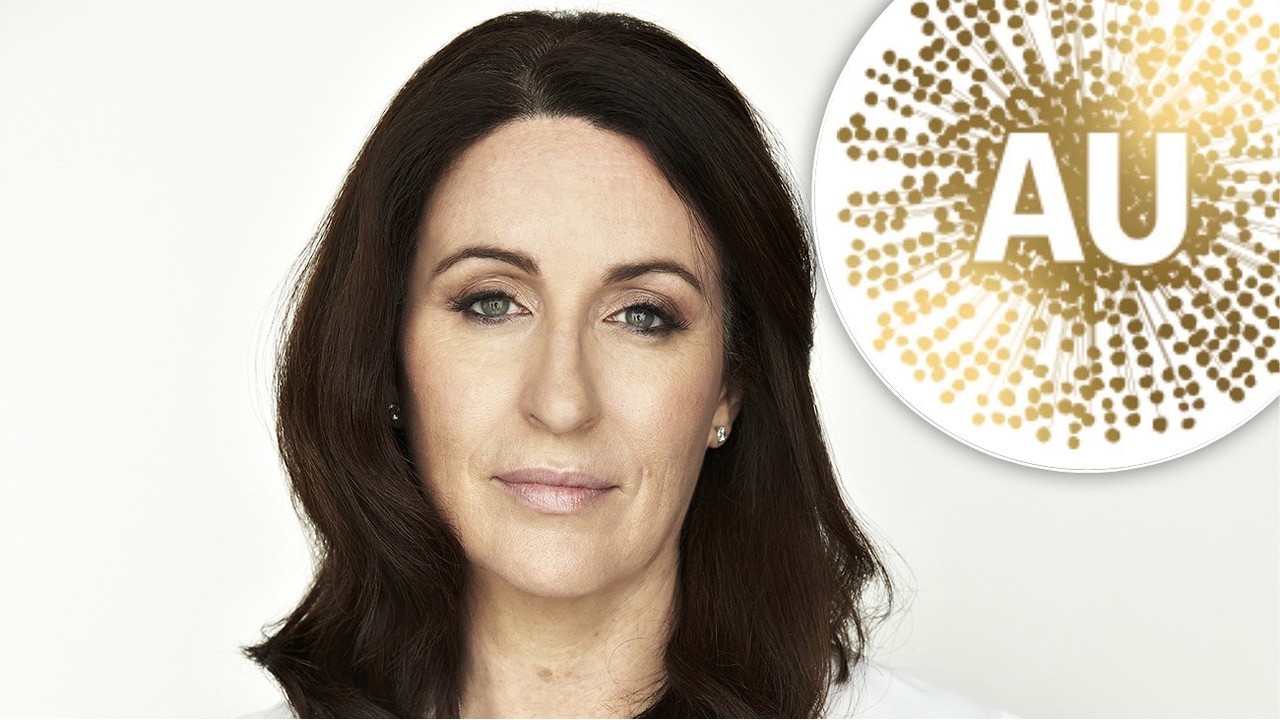The heartbreaking crisis facing Indigenous children
A recent report from a coroner makes for harrowing reading. We must start taking about real solutions to the shocking epidemic facing Indigenous Australians, writes Warren Mundine.
Humans are hard wired to survive.
We have an innate instinct to fight for life over death that many of us couldn’t even explain and most wouldn’t question. Suicide is in utter conflict with the most basic human desire, to survive. In that moment when a person ends their life they have come to believe that death is more desirable than living.
For Indigenous Australians suicide has reached epidemic proportions, particularly in the last 20 years. Suicide is now one of the greatest threats to the health of Aboriginal people. Suicide rates for Indigenous Australians is more than twice that for non-Indigenous Australians. In the Kimberley region of Western Australia it is more than 6 times the national rate.
About 1 in 24 Indigenous Australians will die from suicide. Imagine how many people you know, you work with, in your family, in your street. Imagine if 1 in every 24 of them died by suicide in the prime of their life.
RELATED: Indigenous Australians want their broken communities fixed
The most shocking part of the suicide epidemic in Indigenous Australia is the number of little children who have died at their own hands. At the time when people should have the most to look forward to they see death as a more desirable option than life.
Last week the Western Australian coroner released a report on the deaths of thirteen children and young people in Western Australia’s Kimberley Region over a four-year period. All took their own lives, including five children between the ages of 10 and 13 years old.

The report is harrowing reading. Every childhood had been marred by some or all of alcohol abuse; domestic violence; parents incapable of taking care of their children; children being shifted from place to place, carer to carer with no permanency; failure to thrive and other health problems from neglect; poor school attendance; and in some cases abuse. And multiple failures by child services and other authorities to protect these children.
The report is a mere snapshot. In January this year alone, five Aboriginal girls across Australia aged between 12 and 15 took their own lives. It’s an epidemic that has taken children as young as eight.
This is not the first report to reveal the dire situation for many Indigenous children. Report after report has revealed Indigenous children living in the grip of dysfunction, abuse, family violence and addiction across Australia with authorities often failing to intervene.
It’s all part of a much broader pattern of family breakdown and social dysfunction in many remote Indigenous communities.
RELATED: Why are our Indigenous youths committing suicide?
These problems can’t simply be explained by historical Indigenous experiences such as colonisation, loss of language, forced removal from lands, stolen generation, racism and segregation. Not because these events didn’t cause disadvantage for Indigenous people — they did.
But because this explanation doesn’t reflect the pattern of what we’re seeing.
There’s been a sharp rise in Indigenous suicide rates since the late 1980s.

Social dysfunction and family breakdown haveincreased in Indigenous communities over the past 40 years. These problems have increased in the period after the main civil rights battles were won; after the 1967 referendum; after the Mabo decision; after the National Apology; after racial discrimination legislation and during a period which there’s been a complete transformation in the way Indigenous Australians are thought of and treated in this country.
Actually these problems started to rise from the 1970s when Indigenous people in regional and remote Australia weremoved en mass from work to welfare.
The key factor here isn’t history, but chronic, intergenerational welfare dependence and the inevitable social problems that accompany it like alcohol abuse.
Policy and actions of government must be directed at enabling Indigenous Australians to gain purpose and meaning in their lives, gain work and education and ending the oppression of intergenerational welfare dependence.
This means implementing policies that move people from welfare to work.
It means ensuring every Indigenous child goes to school every day and gets a proper education.
MORE FROM WARREN MUNDINE: Changing the date is not my priority

It means fighting the scourge of alcohol abuse, including expanding the cashless debit card which prevents welfare payments being spent on alcohol.
It means Indigenous people being able to use land as an economic asset and build real economies in their own communities. And opposing the Green-left agenda that wants to see Indigenous people living like museum pieces on their own lands, without economic opportunities or development.
It means delivering and maintaining decent housing and creating an environment where people can own their own homes on their own country.
It means diversionary programs that put criminal offenders into work and education and sets them on a future path where they contribute to society, rather than spending their lives in and out of prison.
And it means child protection services doing their job and protecting Indigenous children from abuse and neglect just as they do for non-Indigenous children.
People talk about the need for empowerment and self-determination to address the problems we see in Indigenous communities. I agree. And there can be no self-determination or empowered communities if there’s no real economy; if people don’t work and children don’t go to school and if there is total dependence on government.
Nyunggai Warren Mundine AO is author of Warren Mundine: In Black and White.
If you are experiencing depression or are suicidal, or know someone who is, help is available via Lifeline: 13 11 14 and Beyond Blue: 1300 224 636.


